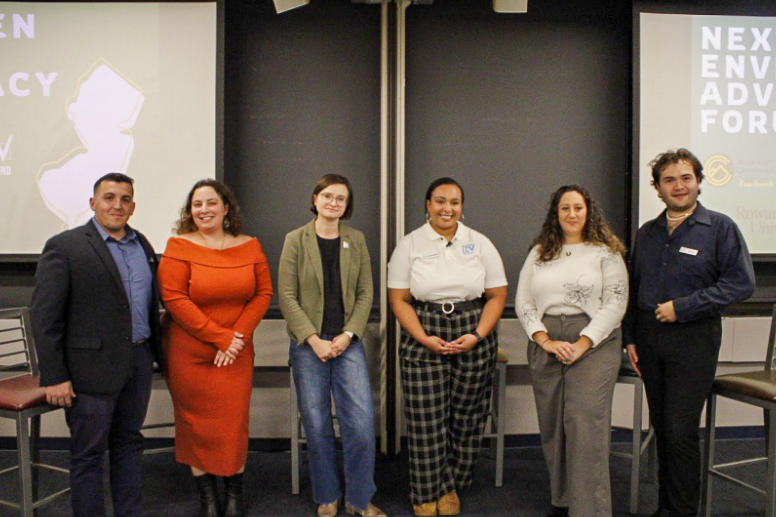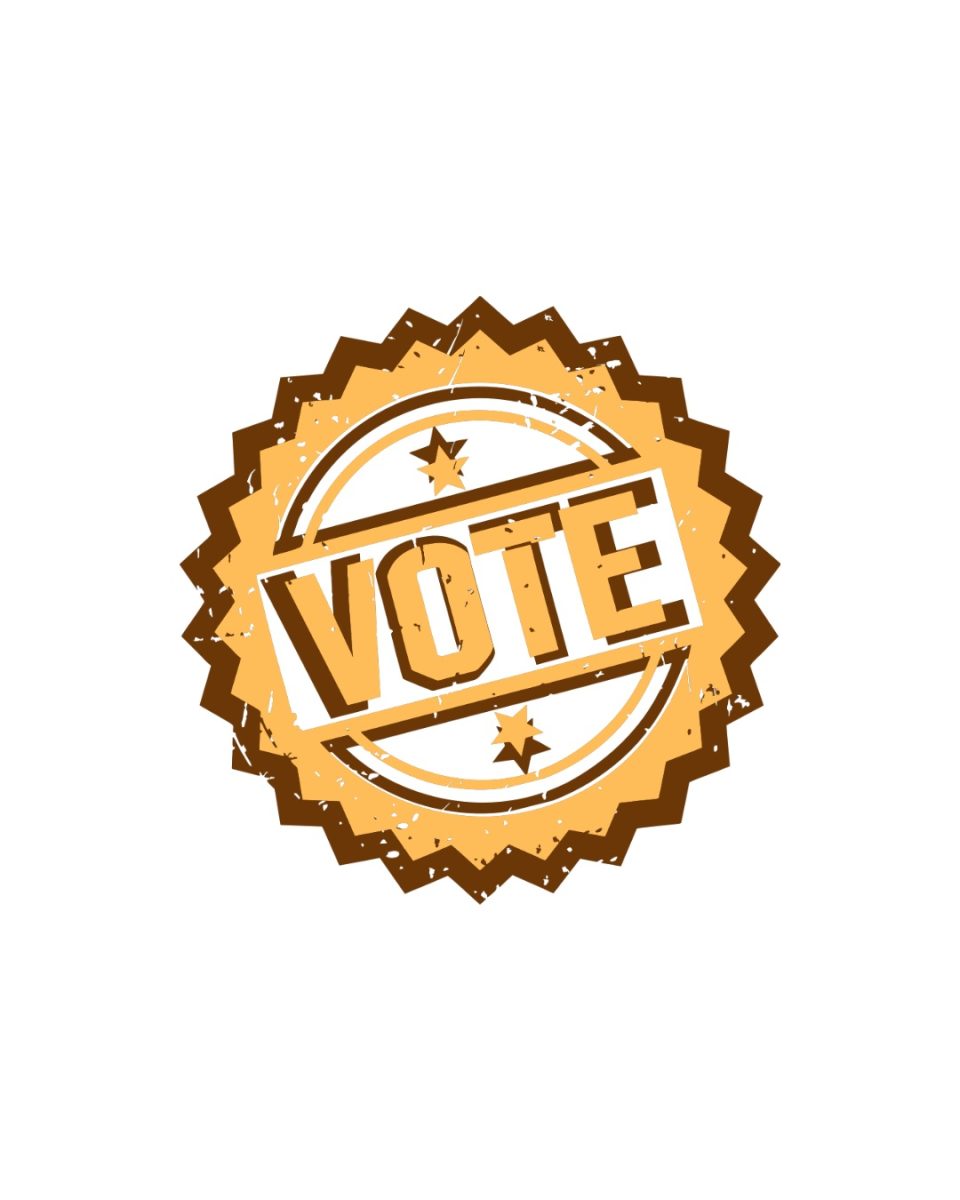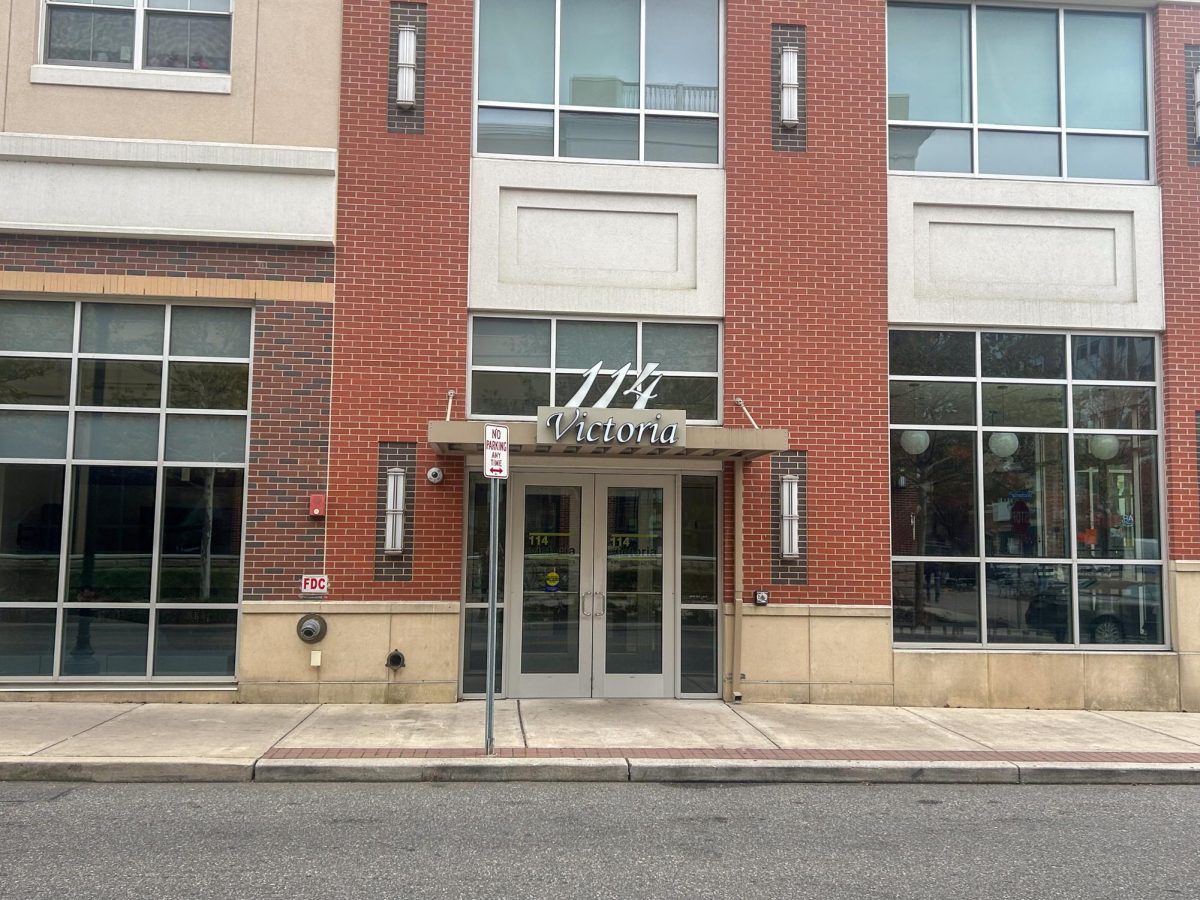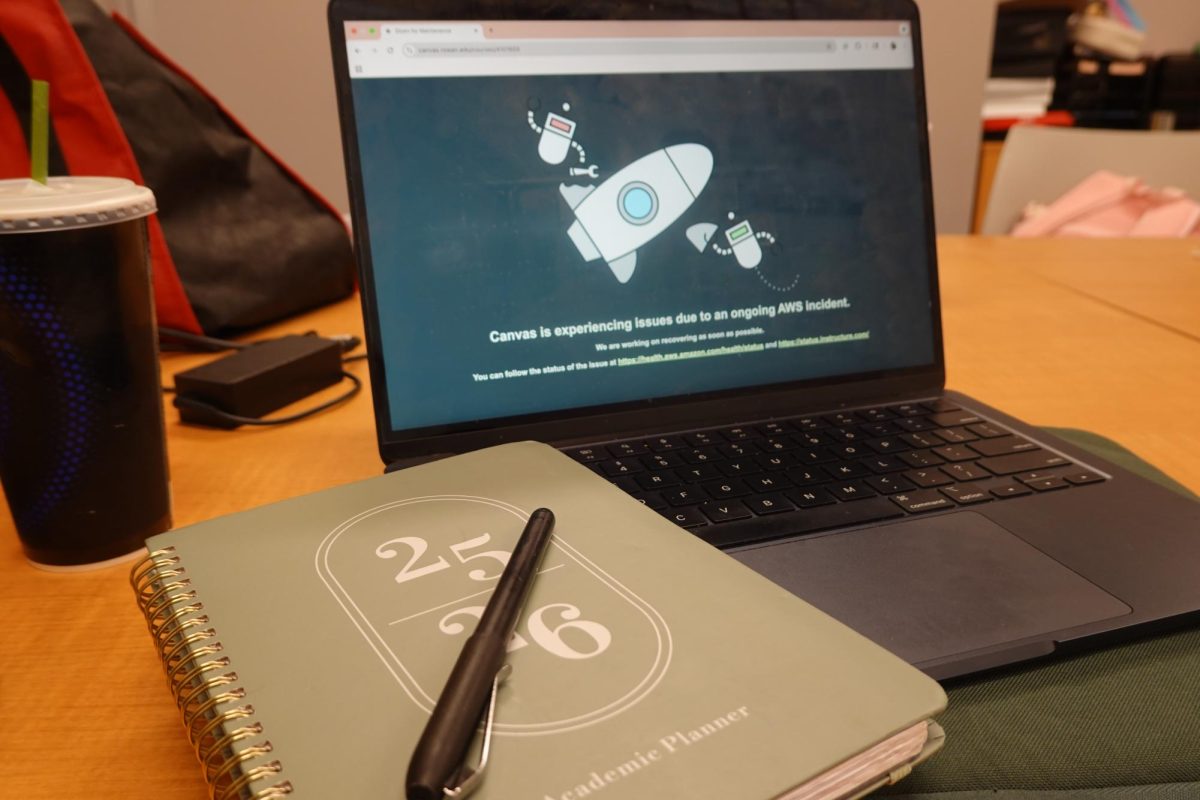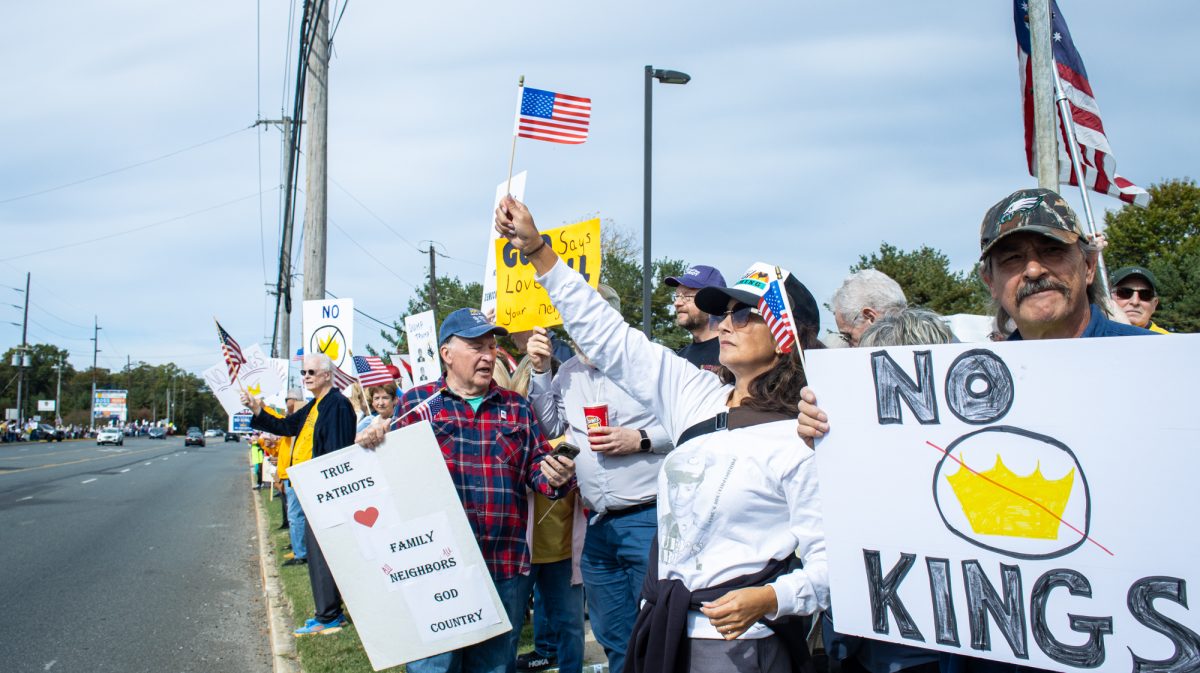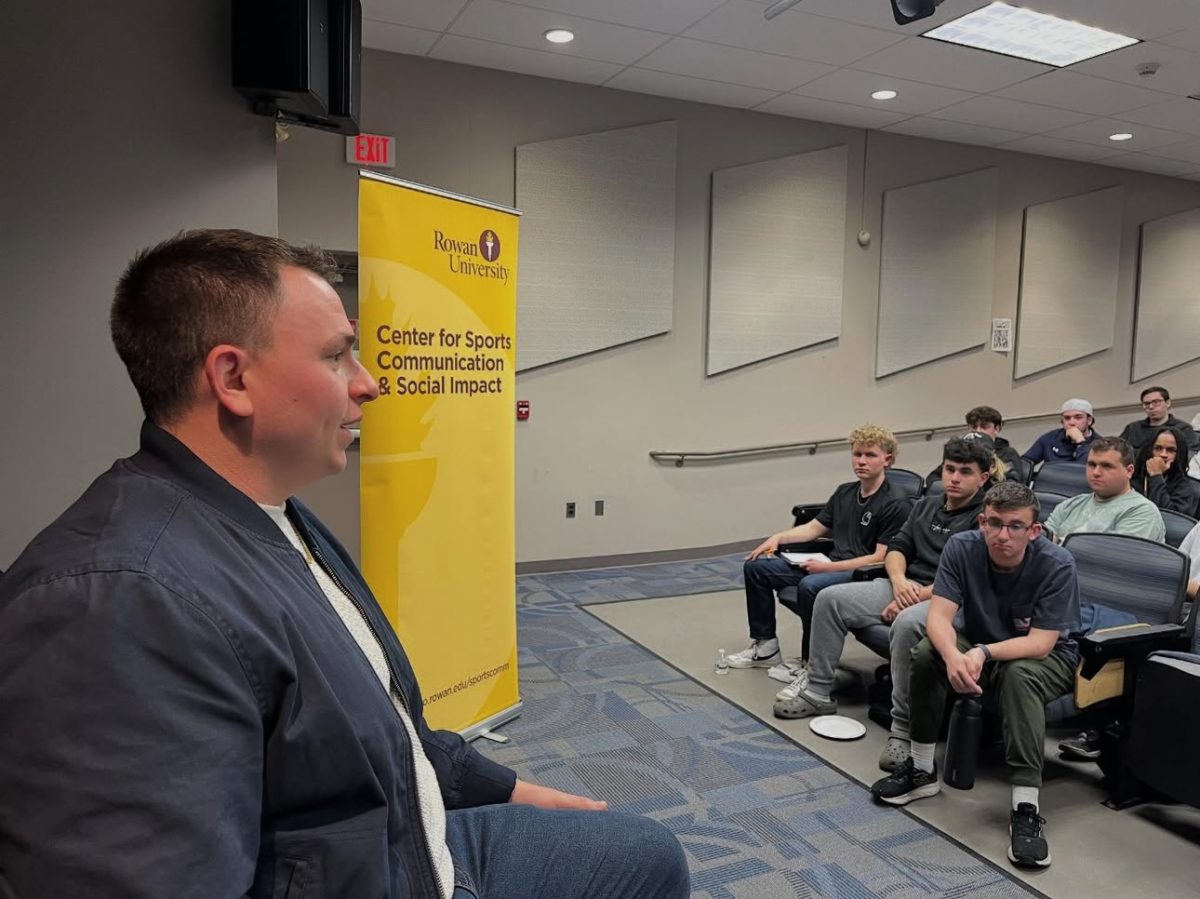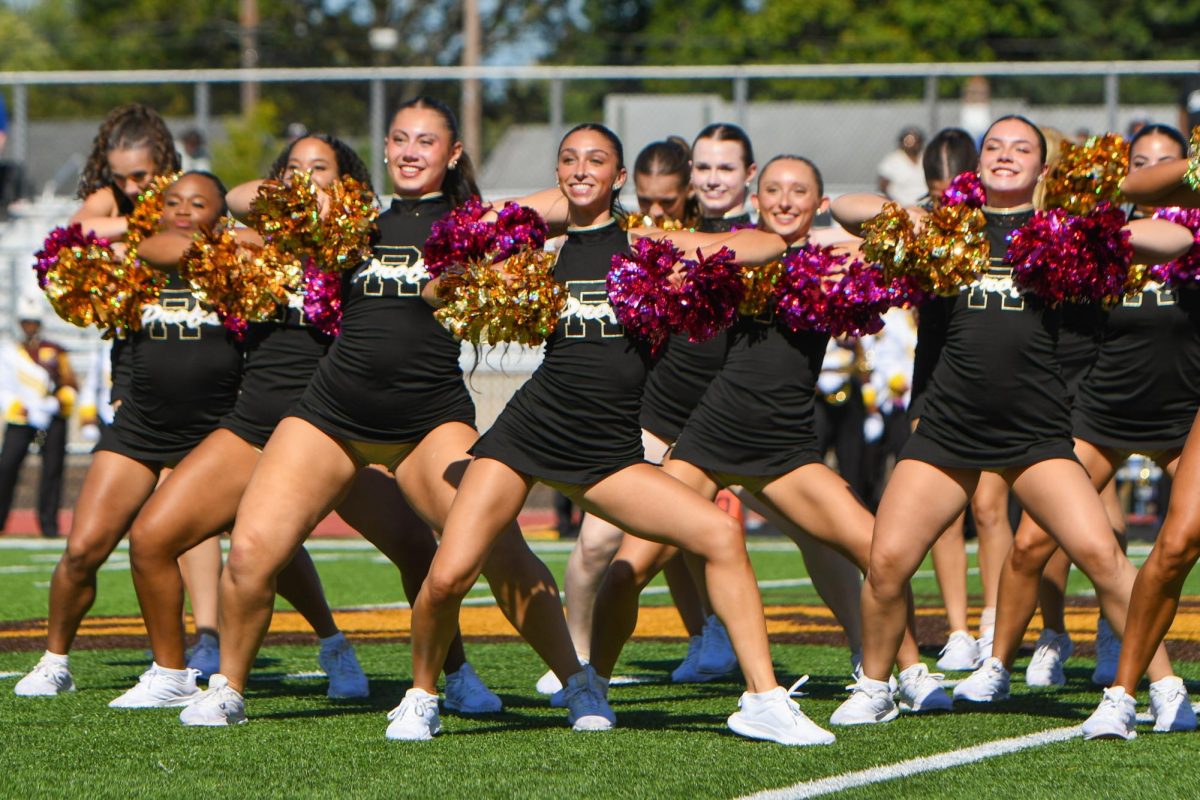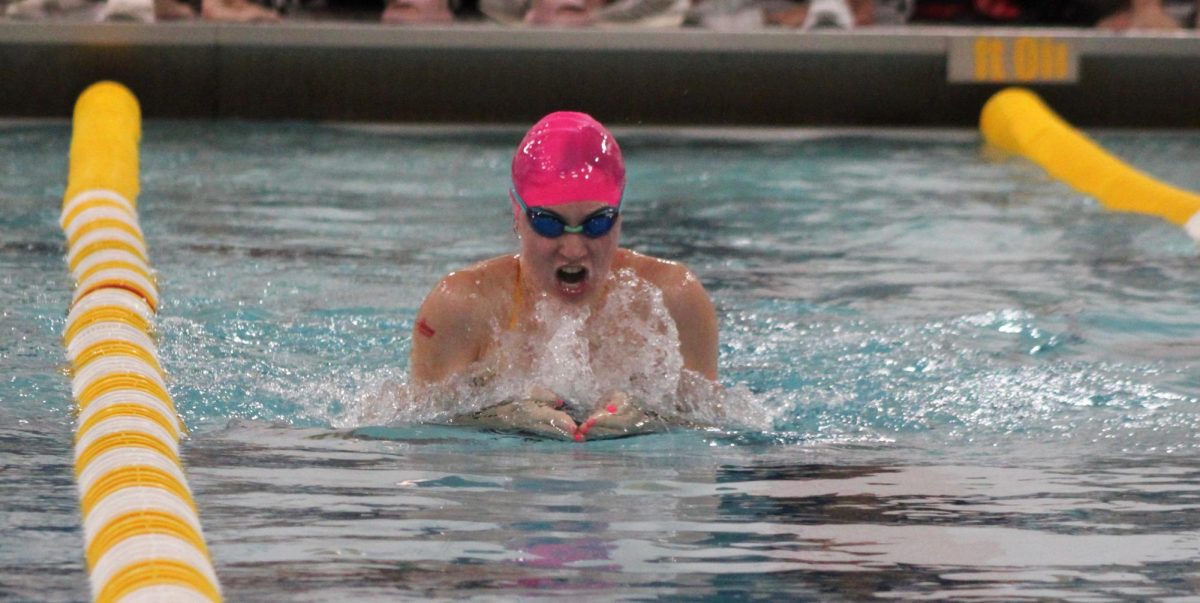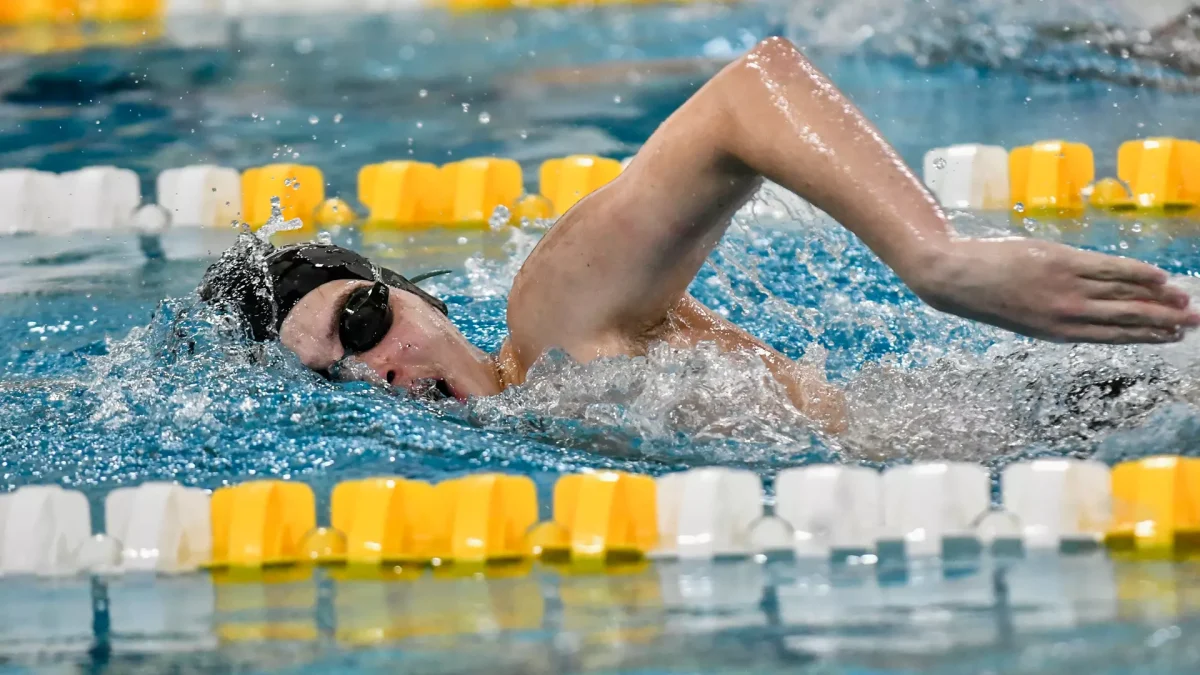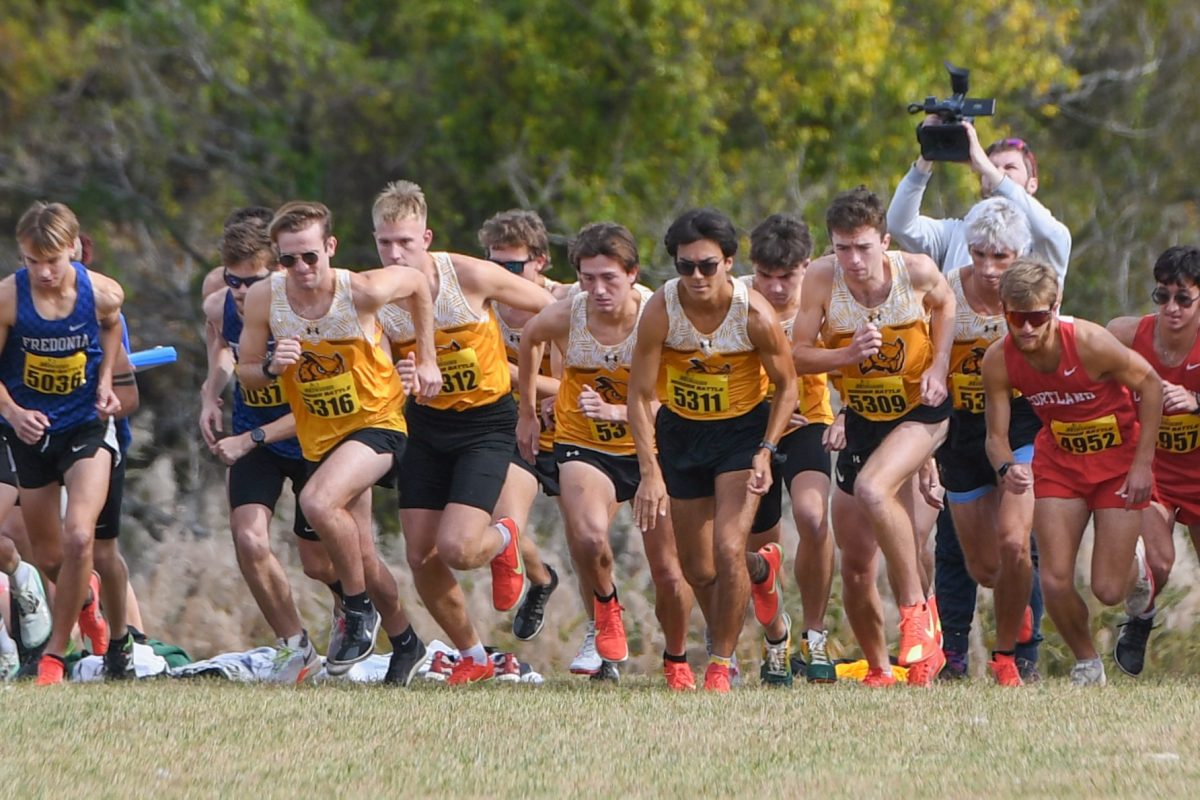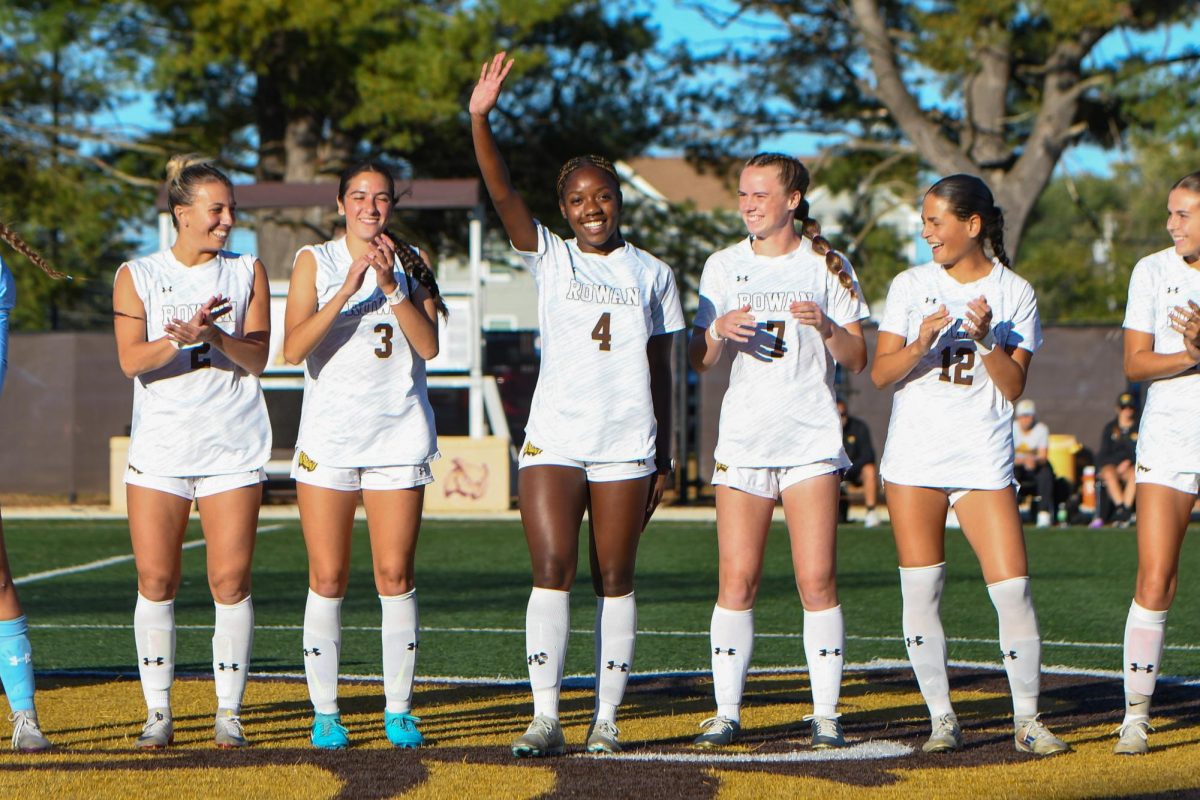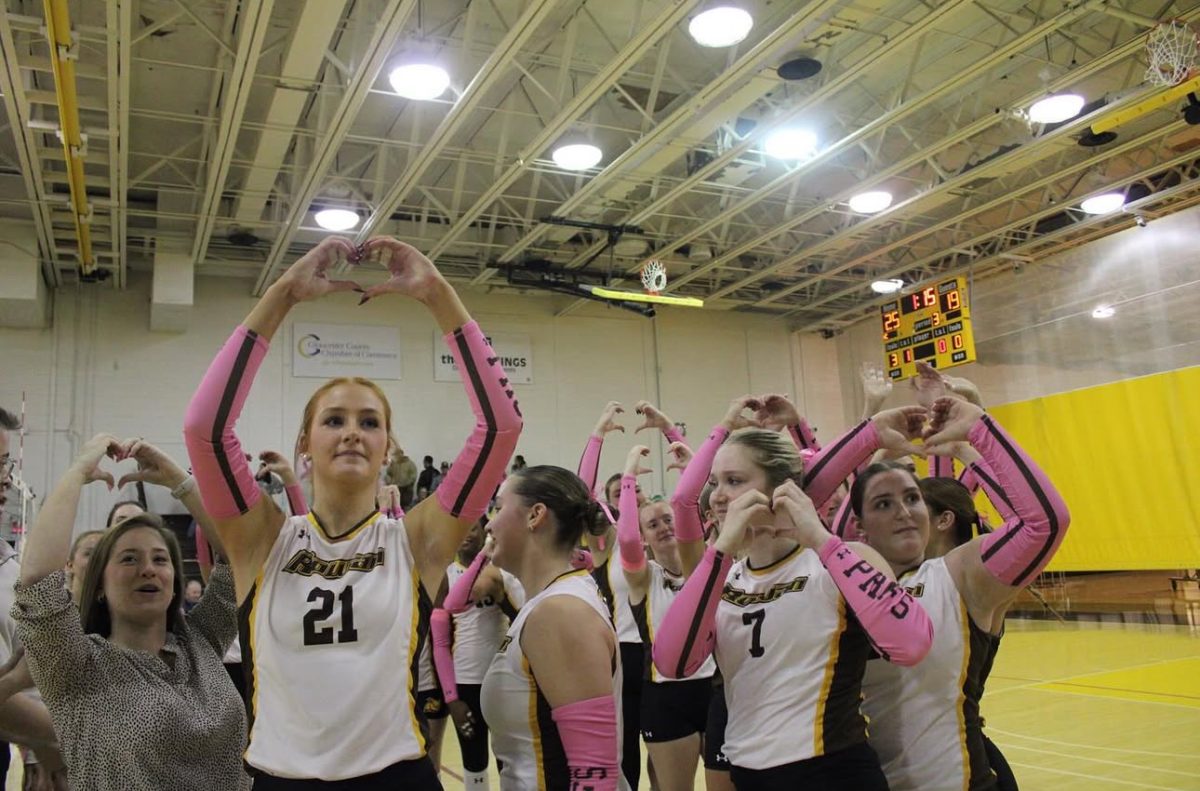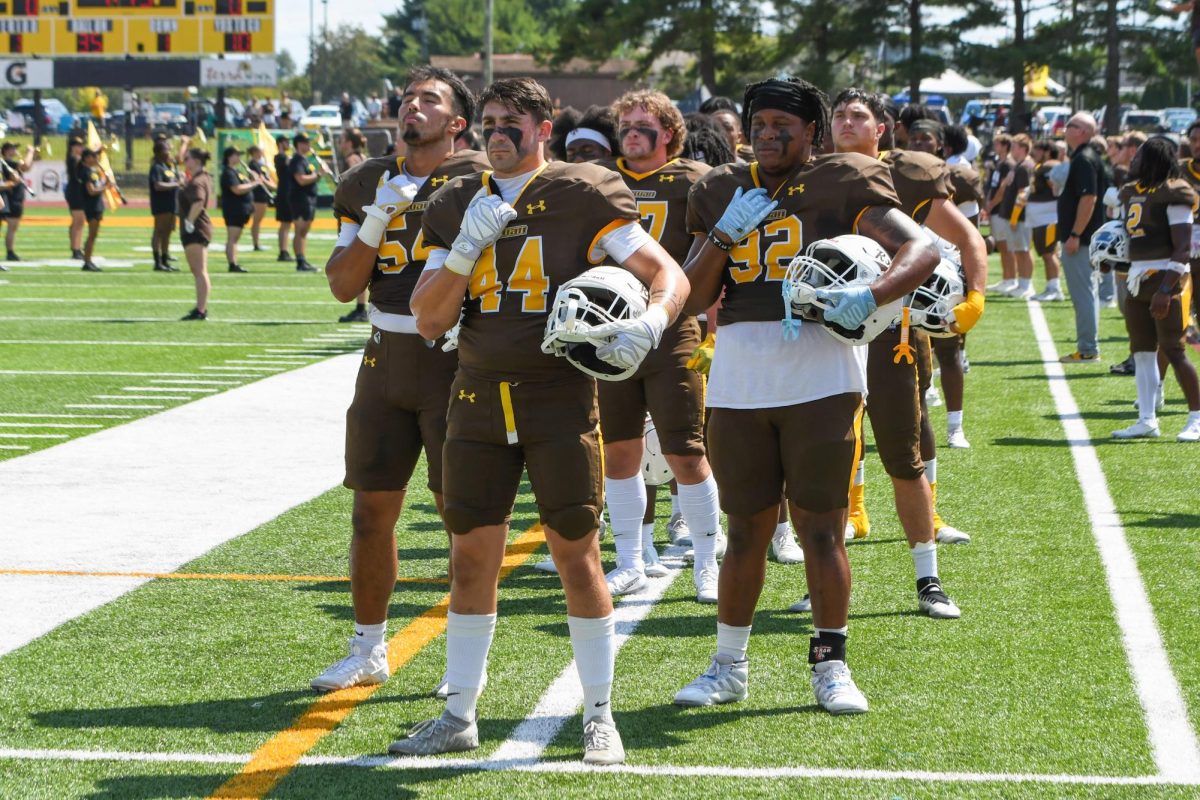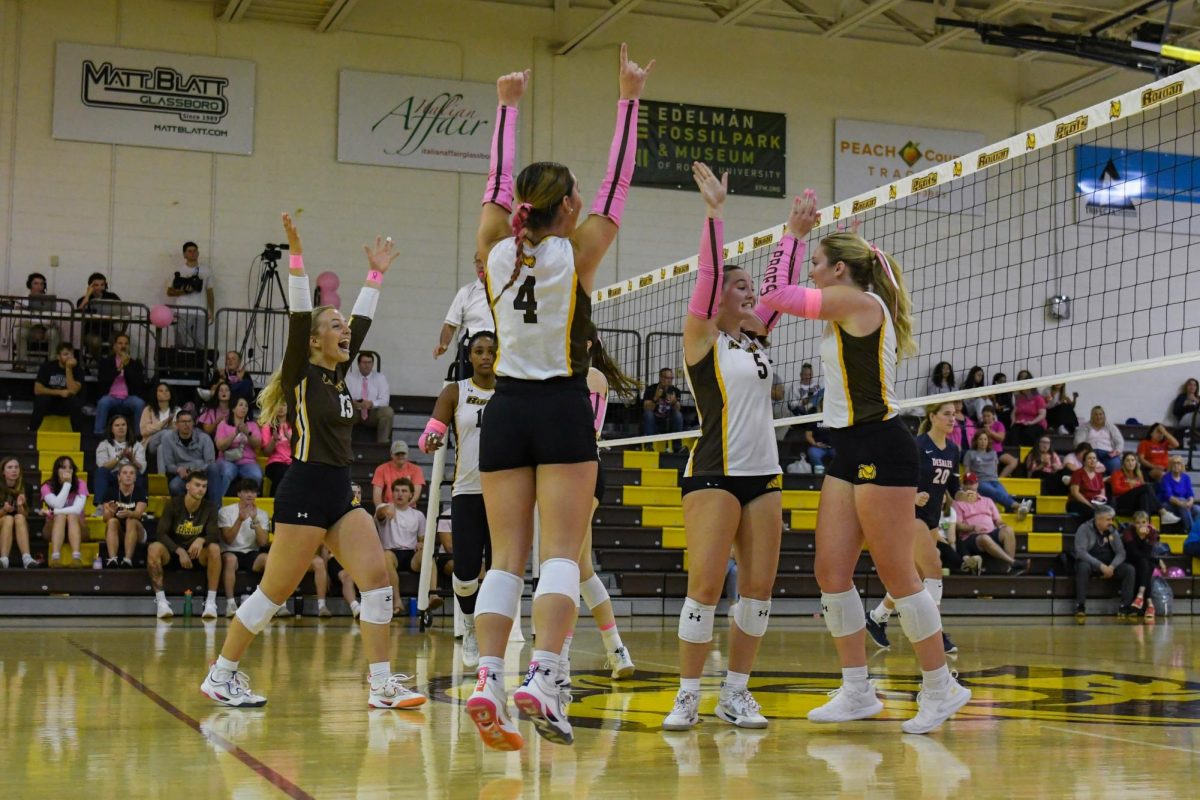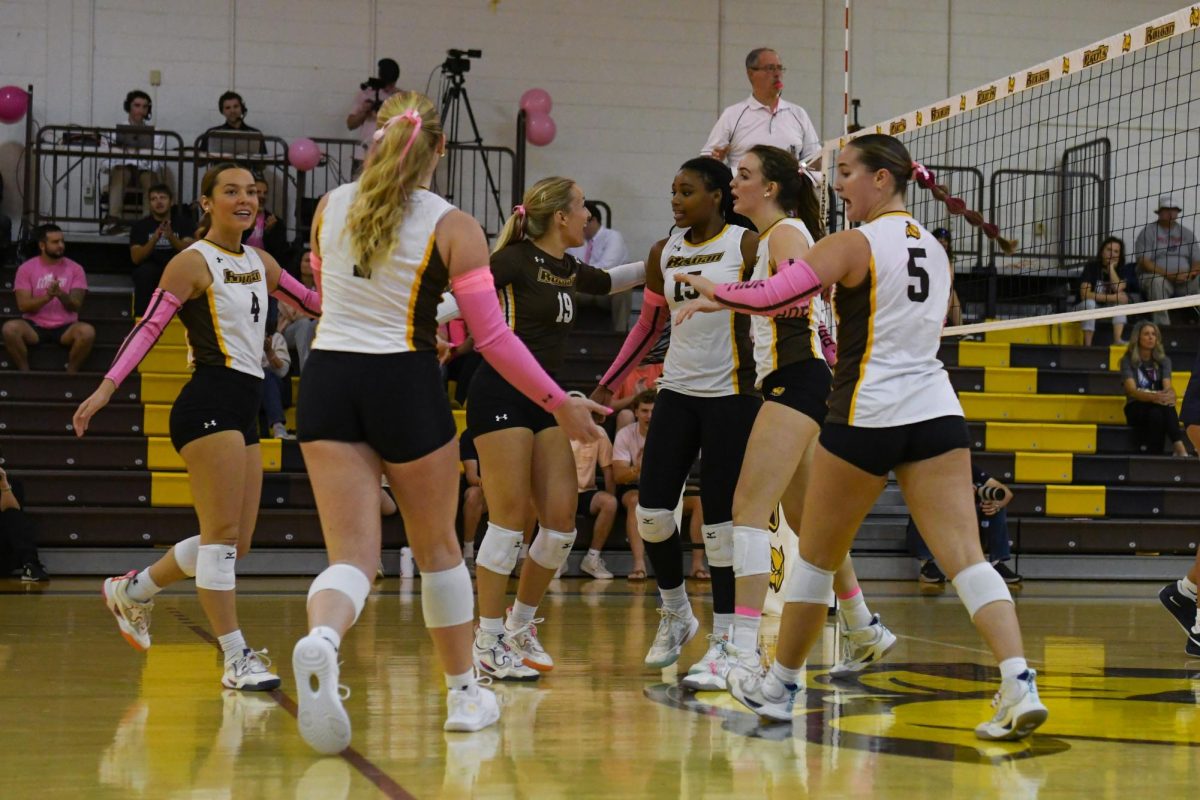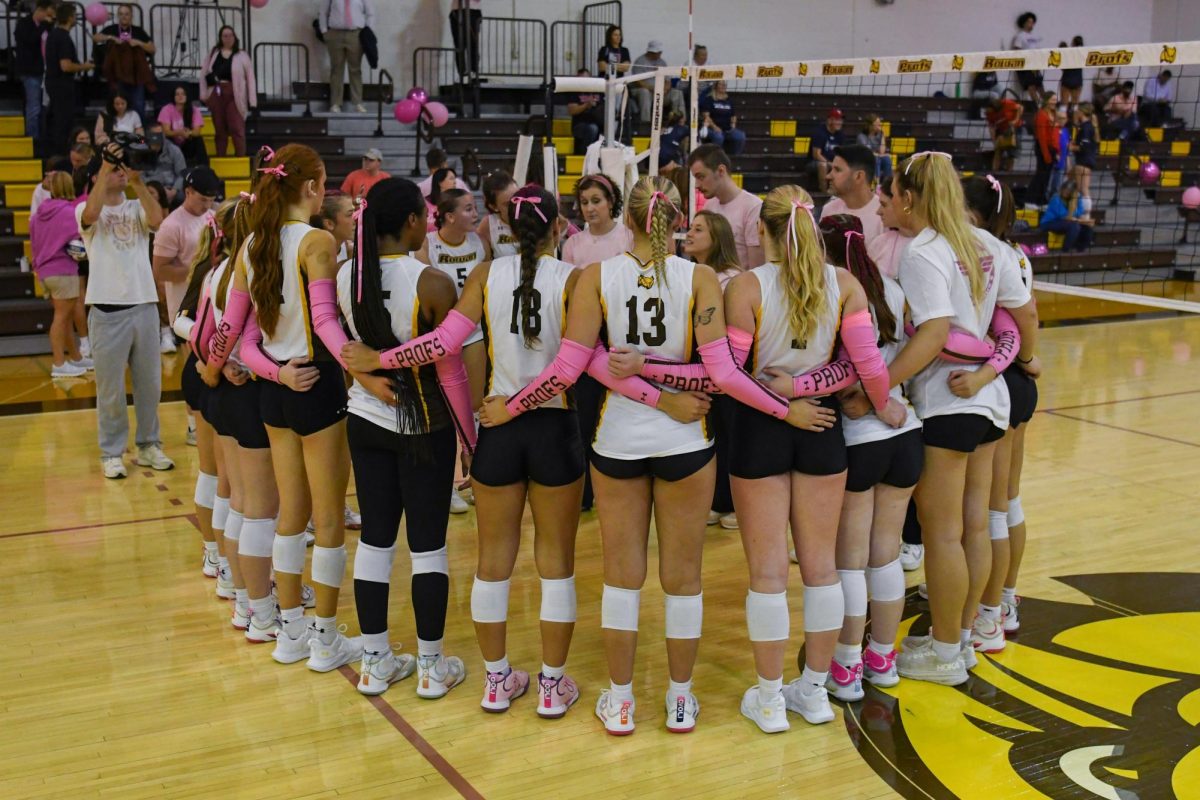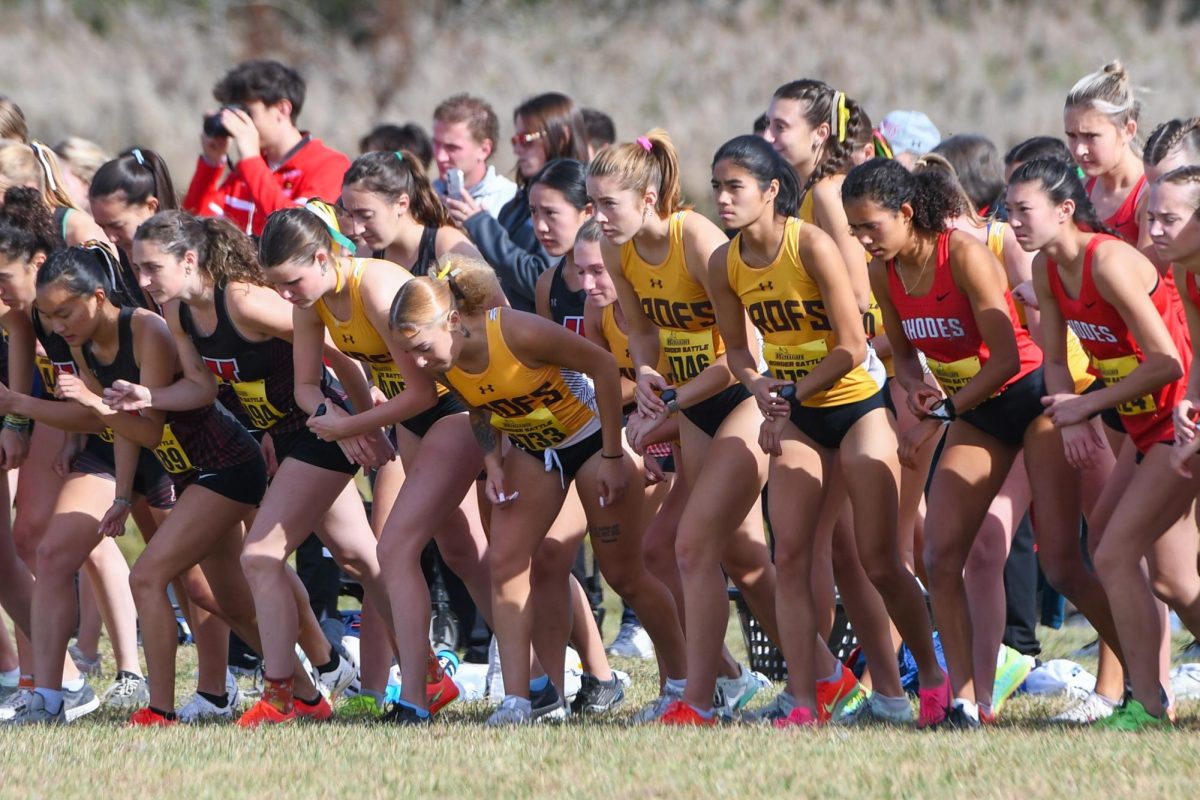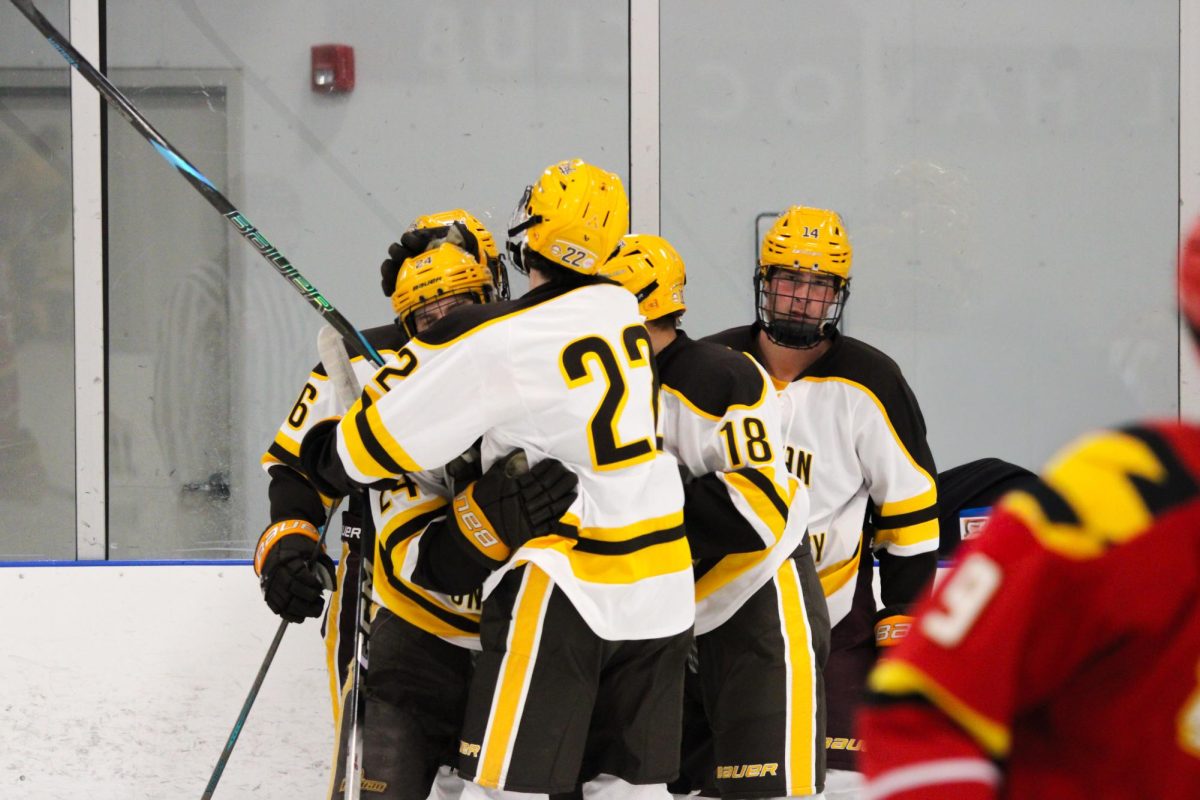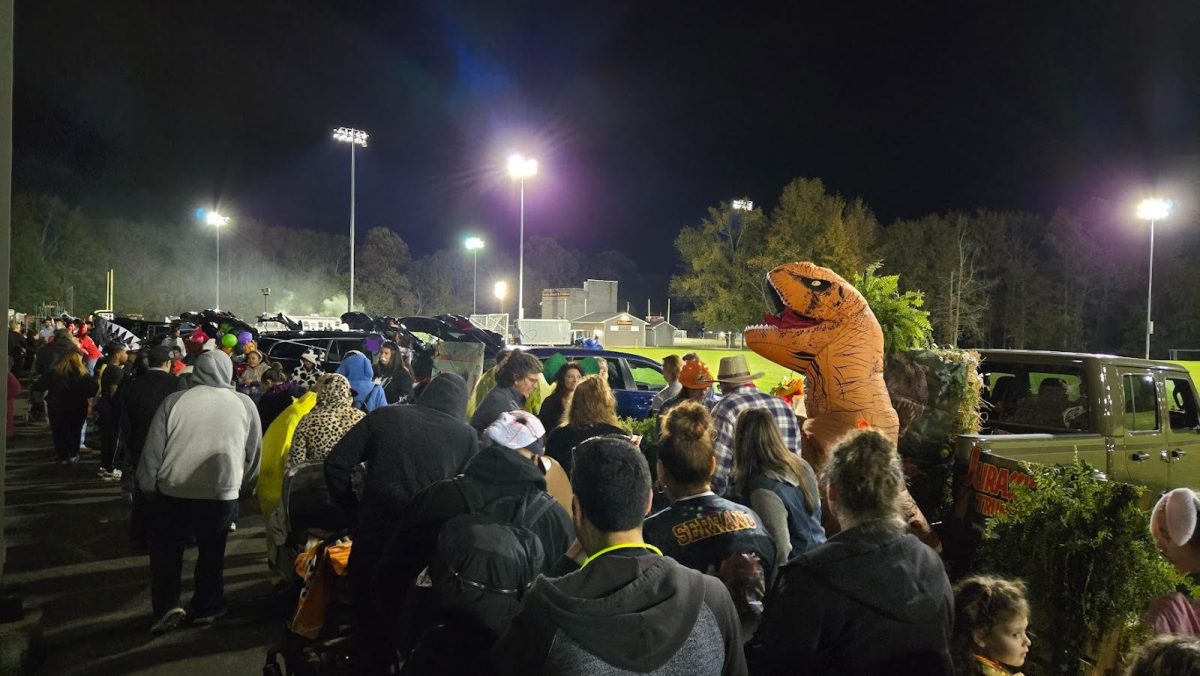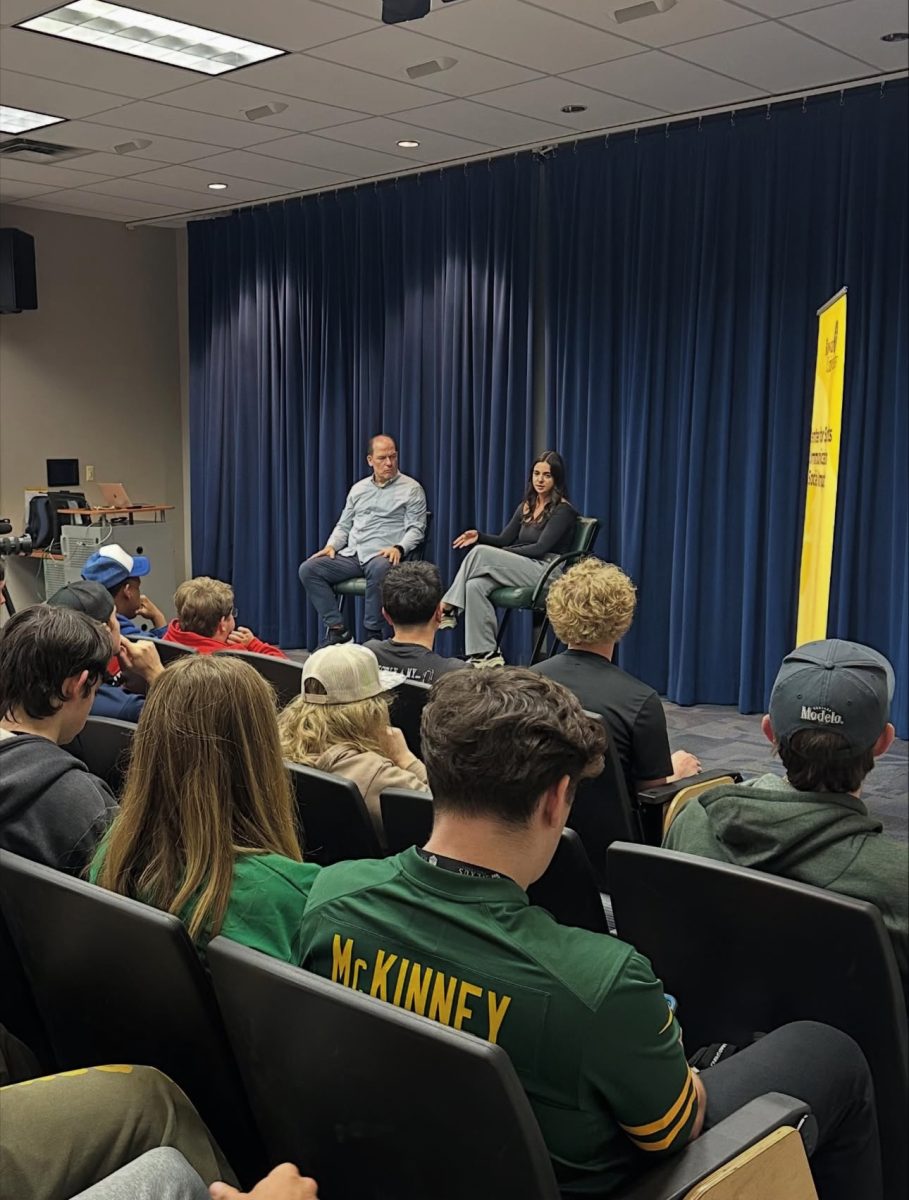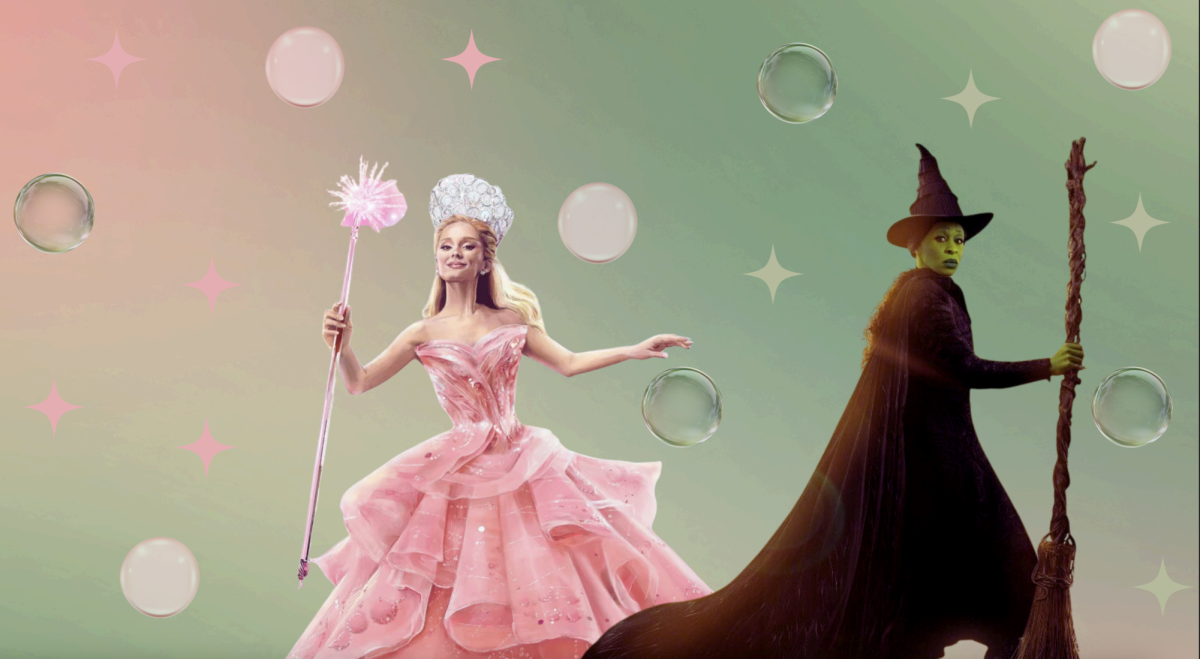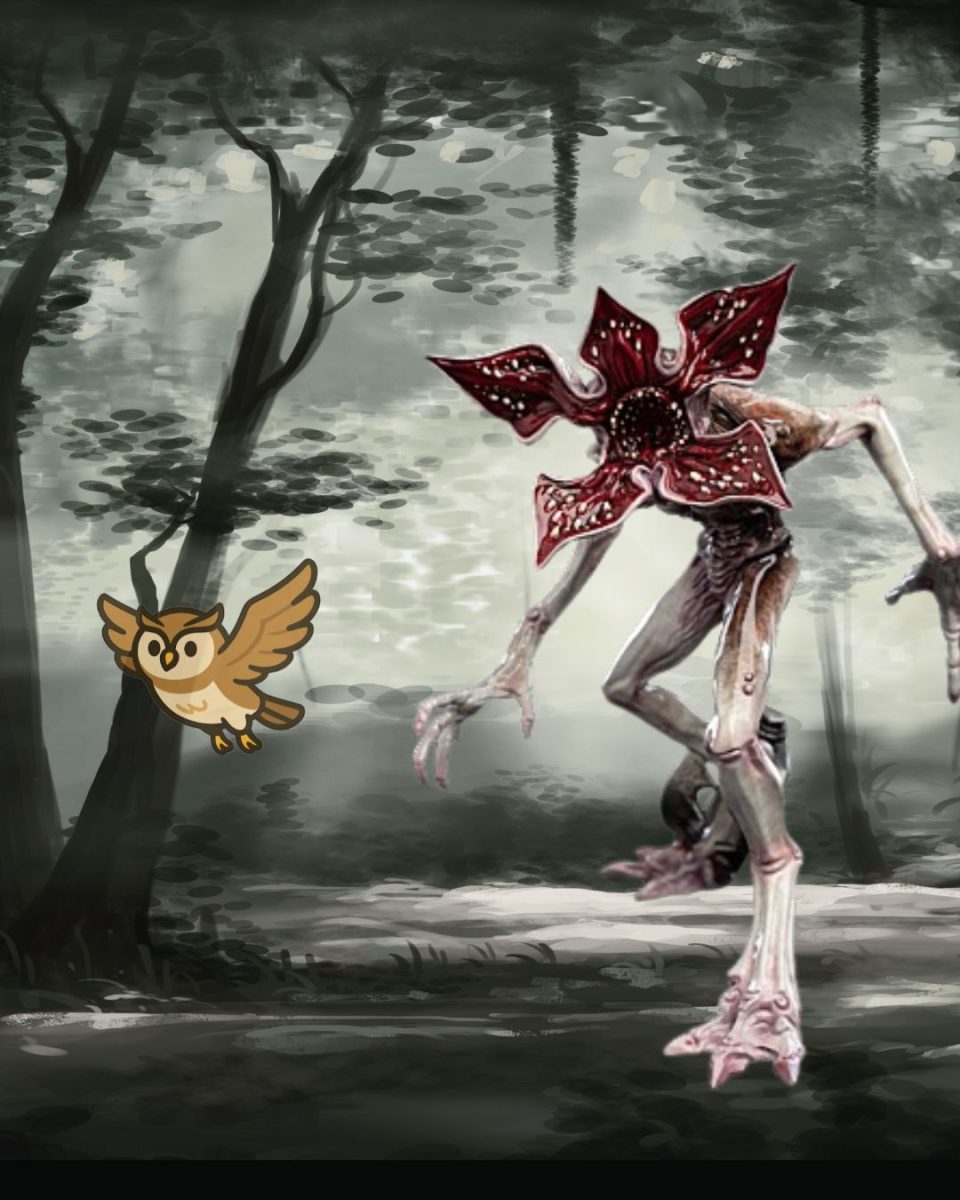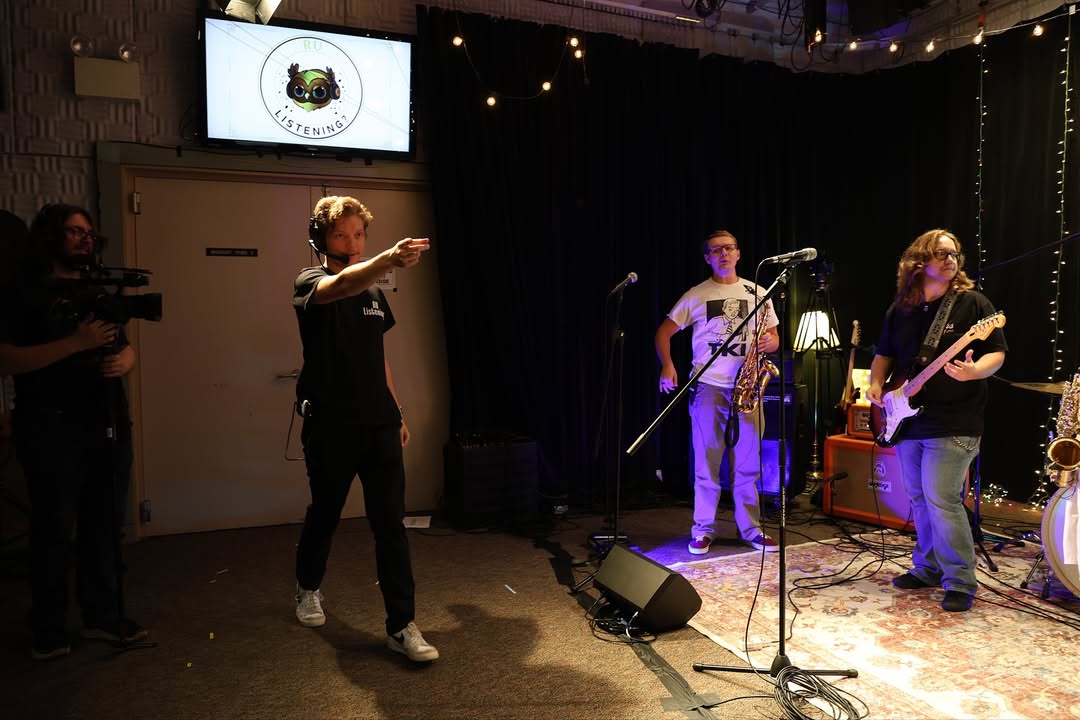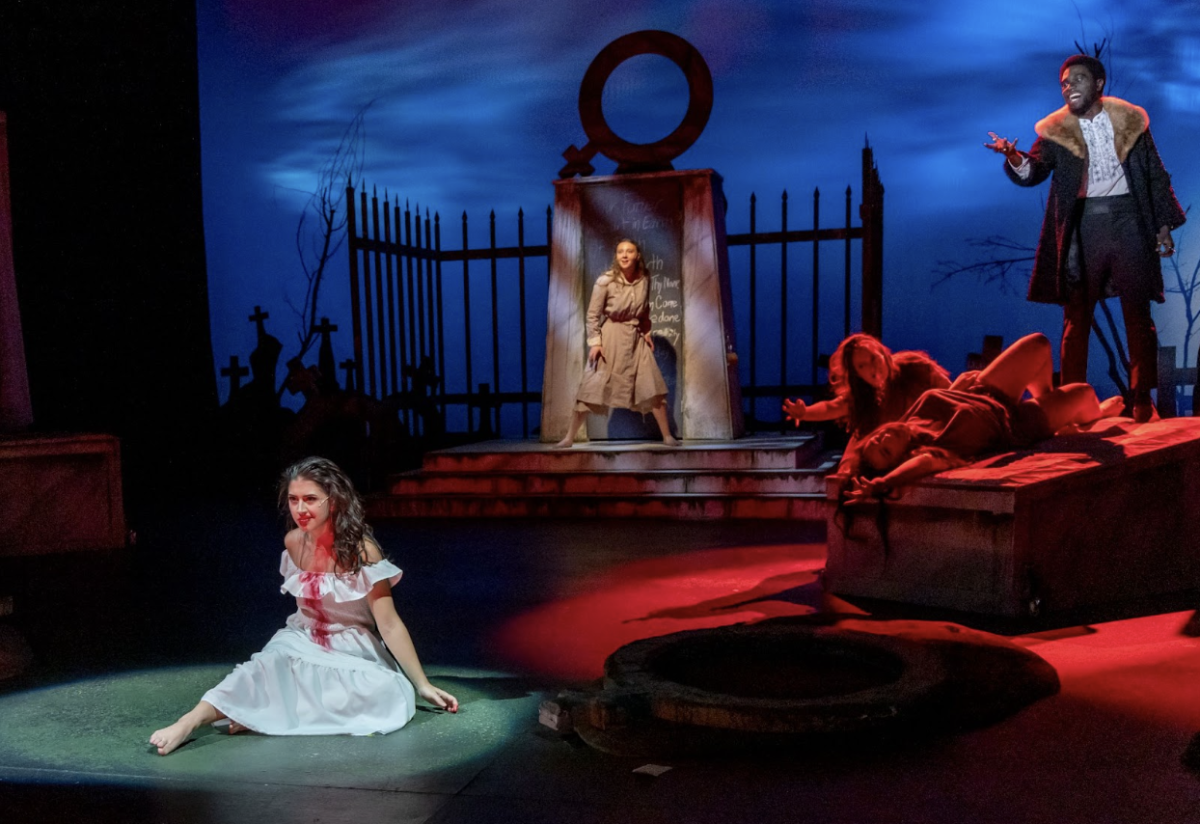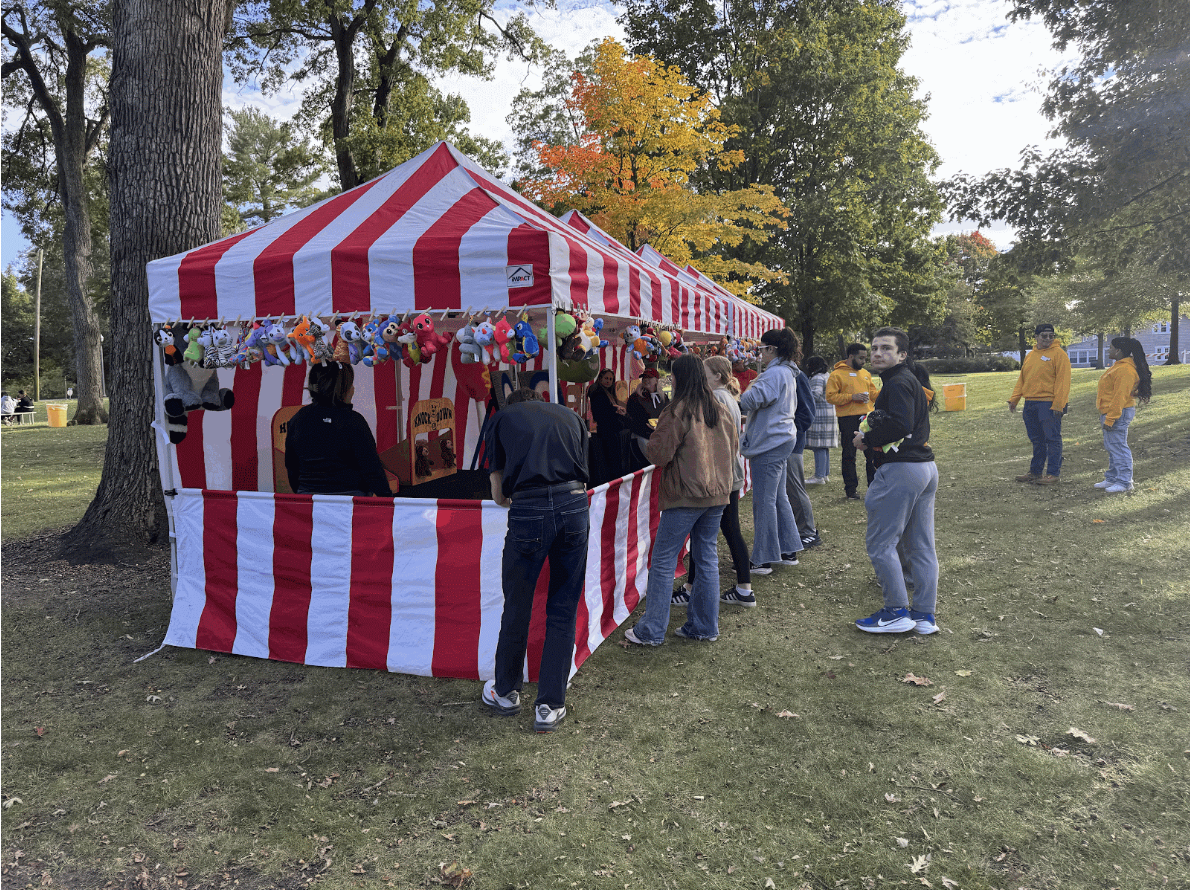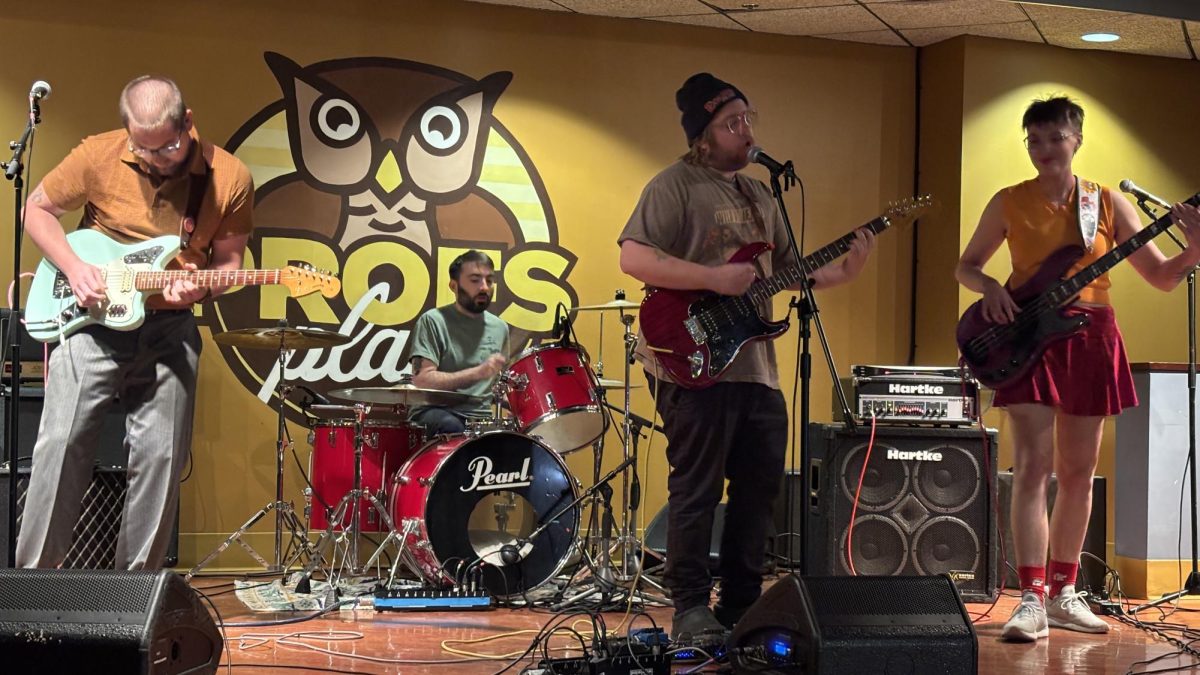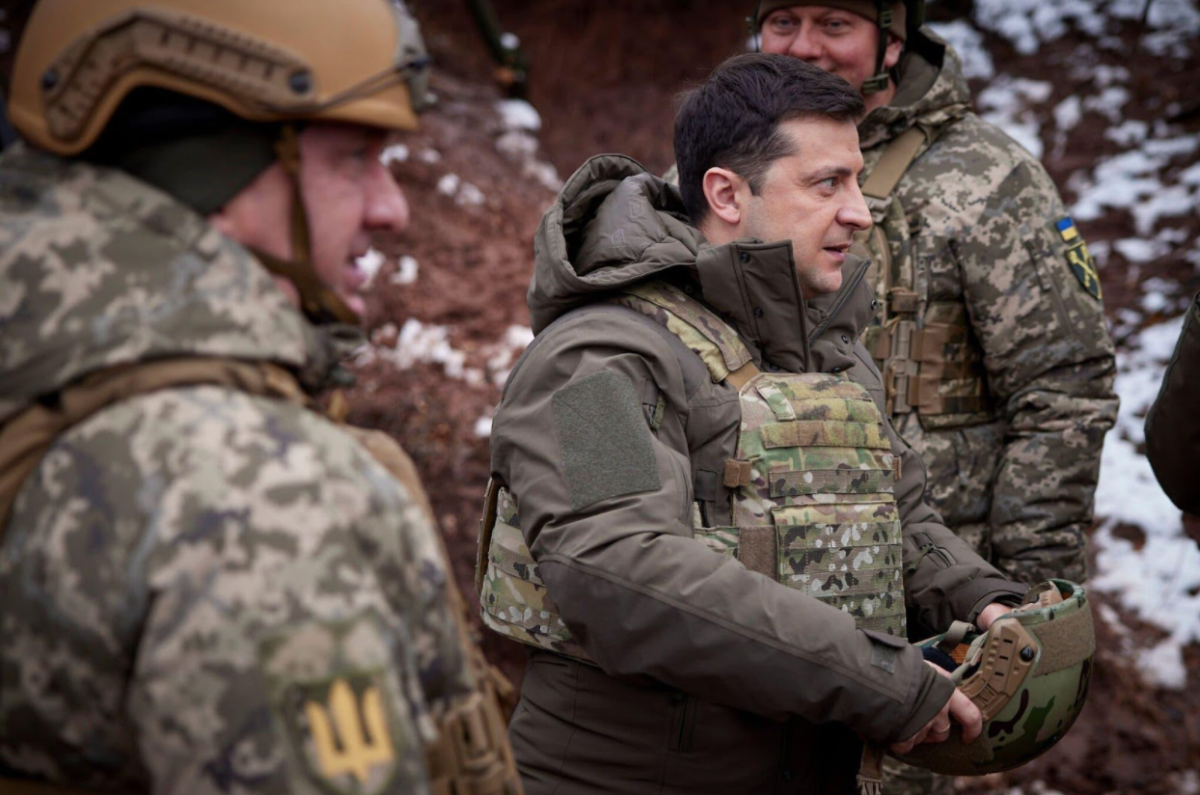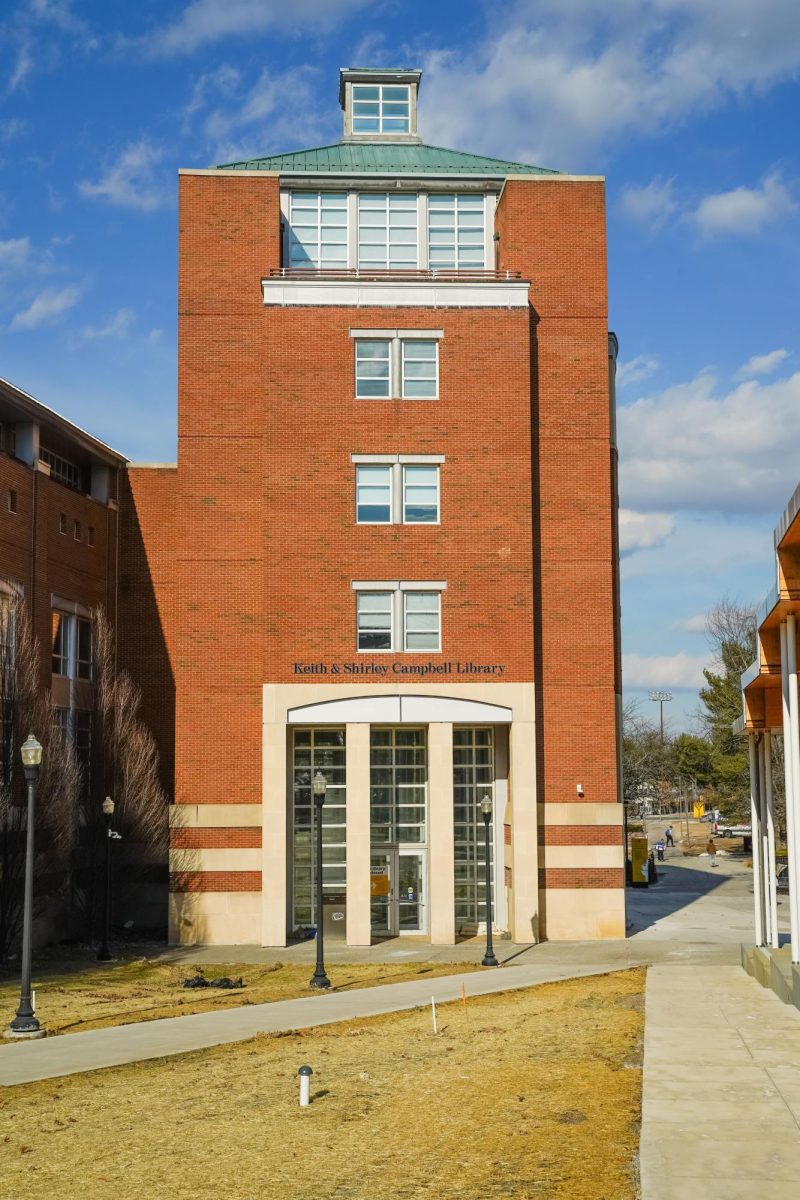As the Russian and Ukrainian militaries stare down the barrel of war, Secretary of Defense Lloyd J. Austin has placed 8,500 U.S. service members on heightened alert, ready to deploy to Europe at a moment’s notice. While certainly the focal point of international attention at the moment, the situation in Ukraine has been slowly building to this point for nearly eight years.
BACKGROUND
As a former Soviet state bordering four European Union nations and Russia, Ukraine had been stuck between wanting to side with either Russia or the EU for decades, with most governments seeking closer ties with the EU, much to the chagrin of Vladimir Putin and the Russian government.
Protests erupted in November of 2013 after Ukrainian President Viktor Yanukovich refused to sign an economic deal with the EU, instead, seeking closer ties with Russia. The protest movement, dubbed “Euromaidan,” eventually gathered enough support to oust Yanukovich from power in February of 2014.
Not all of Ukraine was as enthusiastic as the Maidan protestors, however, in March of that same year, Russian troops swiftly moved into and took control of Crimea, a southern peninsula of Ukraine heavily populated by Russian speakers. At the same time, pro-Russia protests popped up across eastern Ukraine, especially in the Donbas region of the country, where armed groups ended up taking control of the region and forming their own separatist regimes backed by Russia.
Since then, the Ukrainian military has been in conflict with the separatists, and as of this point, the war has become a frozen conflict, with both sides too heavily dug in for any side to make a significant advancement.
CURRENT DAY
However, Russia’s recent actions have heated up tensions in the region, spurring fears of an invasion across not just Ukraine, but the West as well.
“Over several months, if not years, Putin and the Russian government have been moving troops closer to the border with Ukraine. The current estimates are there are around 85,000 troops, and then 15,000 supporting troops,” said Lawrence Markowitz, Ph.D., professor and chair of the Political Science Department at Rowan University.
Markowitz is also a scholar specializing in post-Soviet states, “There are also reports that the kinds of troops that are being transferred over there are the kind that are typically used more for occupation rather than a quick light incursion…However, whether this is actually acted upon and executed is an open question.”
In response to the massive troop buildup and military exercises, the United States and other NATO nations, such as the U.K., have begun sending “defensive aid” to Ukraine, including about 300 expensive, high-tech Javelin missile systems sent by the U.S.
“Russian soldiers sent to Ukraine at the behest of the Kremlin will face fierce resistance,” Kristina A. Kvien, the top U.S. diplomat in Ukraine, said. “The losses to Russia will be heavy.”
The Pentagon has also indicated that the 8,500 American service members who were given orders to “prepare to deploy” may only be the start of additional U.S. troop mobilizations in Europe, saying that some of the 65,000 troops currently stationed in Europe could be repositioned. The American forces put on standby include intelligence and transportation units, Pentagon spokesman John Kirby said, being sure to caution that no final decisions had been made yet among the nation’s military leaders.
“This is really about reassuring the eastern flank of Europe,” Kirby told reporters on Monday, Jan. 24. “It’s proving how seriously the United States takes our Article 5 commitment.”
For Markowitz, the troops which would be deployed to Eastern European countries would be used not as actual combat troops in open conflict with the Russians in Ukraine (should it be invaded), but rather as a way to show Russia that their military would face massive resistance if they were to make military moves towards not just Ukraine, but NATO states as well.
“There are a number of countries here [Eastern European NATO states] that Putin and his government would like to have within their sphere of influence,” Markowitz stated. “And the goal of putting [American] troops there would be to say ‘You may get your troops into Ukraine, but one of the costs which you are going to incur is a lot stronger and more coherent support from NATO for these Eastern European states.’”
Earlier this week, President Joe Biden spoke with his European counterparts, including French President Emmanuel Macron, British Prime Minister Boris Johnson and top NATO and EU officials, who expressed a “shared desire for a diplomatic resolution to the current tensions,” according to the White House. The group discussed preparations to impose “massive consequences and severe economic costs” on Russia and Putin, along with plans to strengthen NATO’s presence in its Eastern European member states.
In response to this move by the U.S., Kremlin spokesman Dmitry Peskov accused the United States and NATO of “building up tension” by placing its troops on alert.
“We are observing these actions of the United States with profound concern,” Peskov said.
The Russian military announced on Tuesday, Jan. 25, that it will begin a series of massive military exercises in the region, extremely close to the Ukrainian border and involving thousands of troops, armored and paratrooper units, naval ships and short-range ballistic missiles.
Russian officials have blamed “Western aggression” for the crisis, warning that Moscow will accept nothing less than an end to NATO’s open-door policy for new members.
Despite the intense international focus on the situation, Russia’s precise goals in the region, besides strengthening its position as a global power, are practically unknown, and the Russians themselves may not know what their own end goal is.
“It’s a very difficult question to answer, and it could very well be that Putin himself doesn’t know what the final outcome is,” Markowitz said. “He could be simply seeking a limited acquisition, temporarily holding part of the country, and occupying it before withdrawing… I don’t think that anybody really has a firm understanding or really concrete knowledge of his [Putin’s] calculus and what his decision-making process is.”
For comments/questions about this story tweet @TheWhitOnline or email [email protected]

